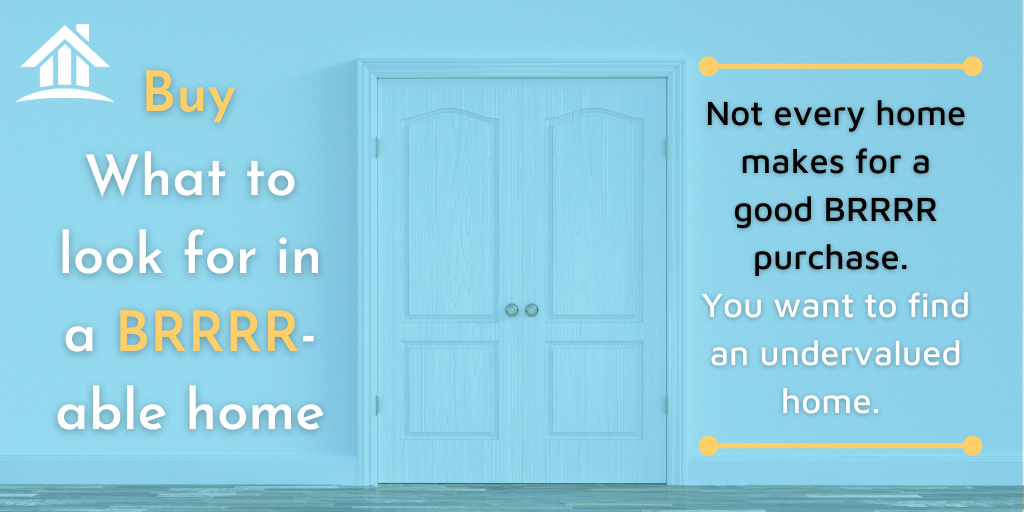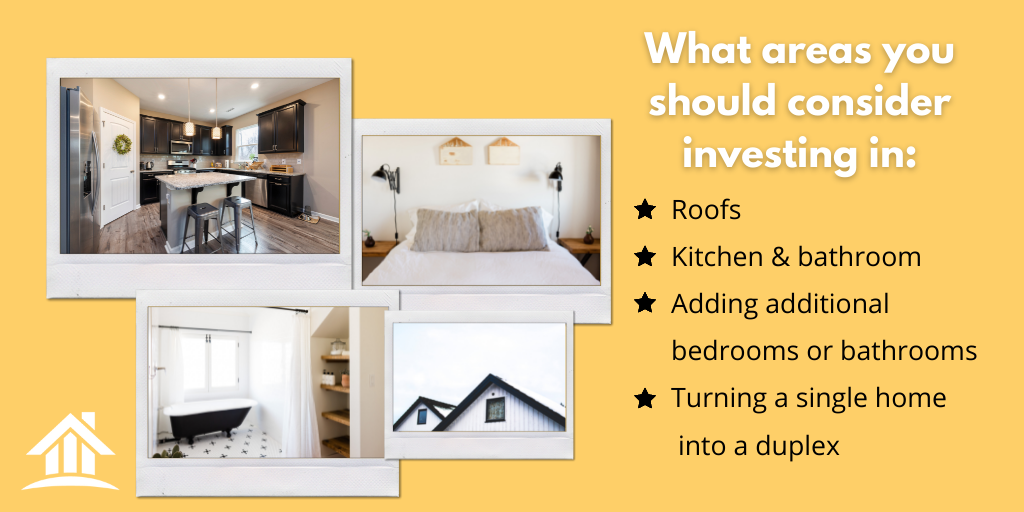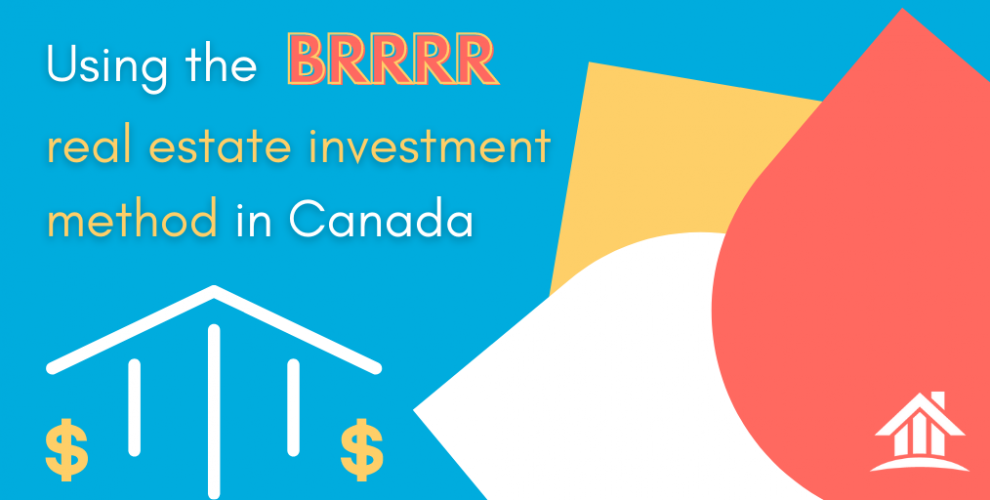BRRRR or Buy, Rehab, Rent, Refinance, and Repeat is a popular method for Canadian real estate investors to expand or establish real estate portfolios efficiently. The system involves purchasing a home (Buy), renovating it so you can rent it out (Rehab and Rent), turning your equity into cash through a refinance, and then taking the money to do it all over again (Repeat).
Some argue that the BRRRR strategy isn’t possible in Canada because of expensive home prices in populated areas and Canadian banking regulations. But individuals such as Matt McKeever have shown it’s possible. Especially in smaller cities or university towns.
This article looks a bit deeper into the strategy and reviews some of the things you should look out for if you engage in a BRRRR project.

This heated market may make that a challenge or seemingly impossible. But some homes may remain under market value due to severe flaws that regular homebuyers would run away from.
For example, homes with a strong odour or need for significant repair may ward off buyers who don’t want the hassle of finding contractors and renovators. Yes, the house might smell like cat urine, but that’s also the smell of money to real estate investors.
The best homes are usually the worst ones in the best neighbourhoods. You can renovate a home to bring it from a trainwreck to a castle. You could even tear the whole thing down and rebuild it from square one. But you can’t change a property’s location. So fixer-uppers in high-demand neighbourhoods are a true gem.
Analyzing the numbers
A successful BRRRR project relies on the numbers working out. If they don’t, you could end up with a loss on your hands or insufficient cash flow to pay bills on time. This could spell disaster.
The numbers include the property’s purchase price and the cost of renovations, utilities, taxes, and more. You additionally need to figure out your property’s rental price and its potential post-renovation value. The renovated property value ultimately determines how much cash you can squeeze out of the property through a refinance.
Rehab
The rehab portion of BRRRR is usually the most intense. It comes with substantial costs and the management of various contractors and other stakeholders. As a result, delays to your renovation can ultimately throw a wrench into your project.
Areas that provide the best return on investment
Properties that need the most repair are often the best to purchase. The following areas are some of the best rehabs to increase the property value of an old or wrecked home.

- Roofs: Installing a new roof can provide a solid return on investment when it comes to a home appraisal during the refinance stage
- Kitchen & Bathroom: Renovating these two home areas usually increases the home’s value the most. These renovations can benefit your home value appraisal and make your property more desirable to future tenants.
- Adding additional bedrooms or bathrooms: If you’re accustomed to home listings, they’re commonly based on how many bedrooms and bathrooms are in the property. If there’s reasonable space to add a bedroom or bathroom, you could substantially increase its market and rental value.
- Turning a single home into a duplex: This can be a substantial renovation that often requires complex city approvals. But if you turn one house into two, it can mean substantially more rental income too.
Be careful what you take on
You may find some properties at a severe discount due to issues such as mould or damage to the foundation. Although it might seem like a good buy, these issues can often take substantially more effort to repair. If you don’t have significant experience in these areas of home improvement, it’s hard to properly project your costs, which means analyzing the numbers will be challenging.
Rent
If you’ve completed the proper renovations to make the property livable and desirable and the location is good, it shouldn’t be hard to find a great tenant. In addition, renting out the property provides cash flow to pay off mortgage and interest payments. Thus, allowing you to build equity in the house.
However, being a landlord is a job on its own. It involves screening and selecting tenants and responding to maintenance requests. While many may consider being a landlord as “passive income”, you need to be ready to unplug a toilet at 2 AM.
Alternatively, you could solicit the help of a property manager, but this ultimately eats into your profits and could hurt your project’s cash flow.
Refinance
Equity sitting in your investment property is not valuable. However, if you can turn that equity into cash through a refinance, you can invest this cash into another property.
When you head to a lender for a refinance, they’ll usually require a home appraisal. A home appraisal helps you and your potential lenders understand the value of the renovated property in today’s market. A lender may then let you borrow a certain percentage of the appraised value, which is capital you can put to work on your next deal.
Keep in mind that you may not be able to refinance immediately after renovating. Many lenders require you to own a property for an amount of time before you can pull equity out.
Lastly, due to the nature of the loan and the risks that come with a BRRRR project, significant banks may not provide a refinance. However, it’s still possible to refinance through a B lender or private lender in such a case.
Repeat
If you’ve successfully refinanced your BRRRR property, it’s time to look out for your next project and complete the whole process over again.
Overall, the BRRRR strategy is a great way to develop your real estate portfolio. Just ensure you sufficiently analyze the numbers, choose an undervalued property, and proceed with the proper renovations. This will allow you to find quality tenants and obtain a favourable refinance.

